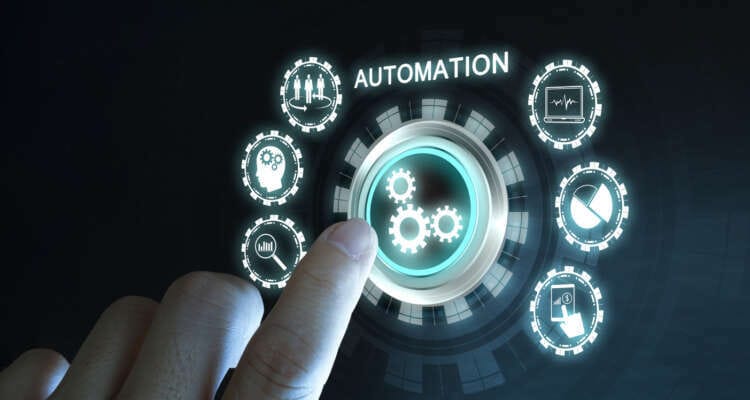
The machines are talking but are organisations prepared to listen?

By Mark Wilding, Vice President and Head of Global Customer Transformation at ServiceMax
Deep asset insight can drive organisational transformations and deliver broad business intelligence
A few years ago, the World Economic Forum (WEF) was talking about how servitization could help save the planet. It was a bold prediction at the time that suggested machine and device data could deliver the sort of intelligence that would enable businesses to make more informed decisions on machine use and therefore energy consumption. New technologies such as sensors, IoT and data analytics were already proving valuable in the service industry but here was an idea that data from those serviced assets could mean so much more to businesses.
Fast forward three years and that idea of asset data being a catalyst for business change is starting to be realised. If industry is going to manage its way through the energy crisis and build resiliency in the face of volatile economies, then this is a good thing. The more organisations realise that there is a close correlation between service quality, business insights and customer satisfaction, the more they will be able to navigate the challenges we are all facing today.
The problem for many organisations is how to structure their data. As a Harvard Business Review paper recently stated, “many organizations are working diligently on digital transformation initiatives to enhance their customer experiences, improve business outcomes, and develop new revenue-generating services. But they’re also encountering a common roadblock to success: the tendency to digitize in functional silos, a practice that limits organizations’ ability to achieve their stated goals.”
These siloes are problematic, which is why leveraging insights from data assets through things like a servitization approach provides a framework for change that can unify an organisation’s asset data and departmental siloes. If an organisation is promising customers certain outcomes from assets, then the data from those assets has to be available to decision-makers, as well as service teams. This is an asset-centric approach to transformation, one that focuses on delivering customer satisfaction based on the needs of those customers.
It’s an approach shared by Gartner, which recently claimed that “the context of IT spending is changing as buyers increasingly value and make investments in business outcomes rather than buying solutions.” Context and relevance are key words in forward plans for IT spending when it comes to transformation needs of industry. This is where service already sits, with an advanced approach to delivering outcome-based relationships through an asset-centric model.
The HBR paper suggests that a key part of putting the asset and its data at the centre of transformations “is adopting the processes, structures, analytics capability, and cultural change necessary to infuse a sense of responsibility and ownership of the asset life cycle across the organization, including in service and maintenance.” It adds that stakeholders “must grasp the link between an asset-centric approach and the organization’s ability to satisfy customers’ increasing appetites for outcome-based models.”
There are plenty of examples of how servitisation is already driving change, such as at Schneider Electric, which has refocused digital transformation around asset-based data. Of course, the primary aim is to enable servitisation but there are added benefits already. According to the HBR paper, Schneider has been able to deliver on its customer promise of increased self-service capabilities, for example, as well as remotely monitoring products at customer locations via IoT, alerting customers to issues where necessary and resolving the issues remotely. The cost benefits are obvious, but the knock-on effect is increased speed of service and customer satisfaction.
Refocusing digital transformation on the asset enables the entire organisation to collaborate to deliver elevated, end-to-end customer experiences and greater customer value. Schneider Electric’s asset-centric approach has enabled it to boost the services business while also accelerating growth, through improved customer insights.
This is where assets deliver qualitative data, adding valuable context about customers to the entire organisation. This data shows how particular assets support customer goals, the level of feature adoption, user experience and so on. This can lead to a deeper understanding of customers and their relationship with products and services. It can determine renewal plans and potential areas of growth. Ultimately the machines are always talking about the customers. All organisations have to do is listen and act.


